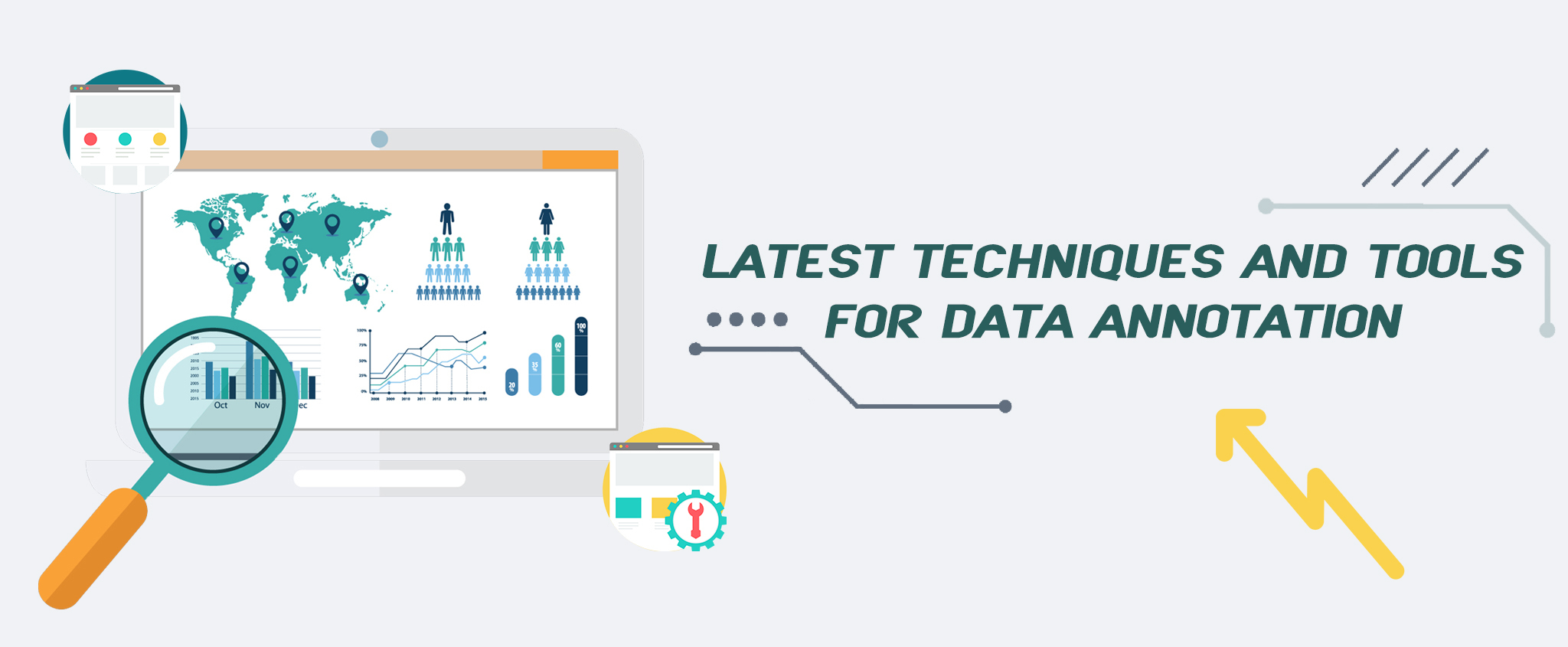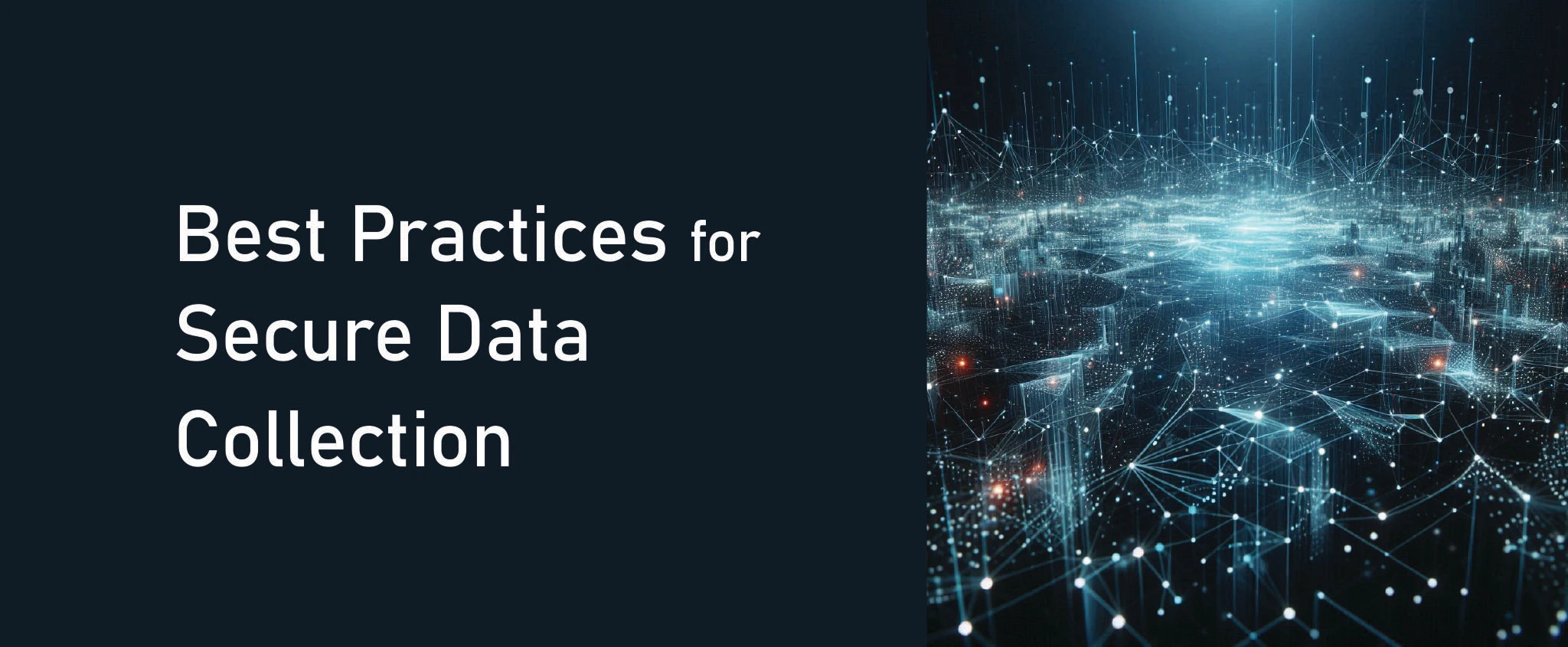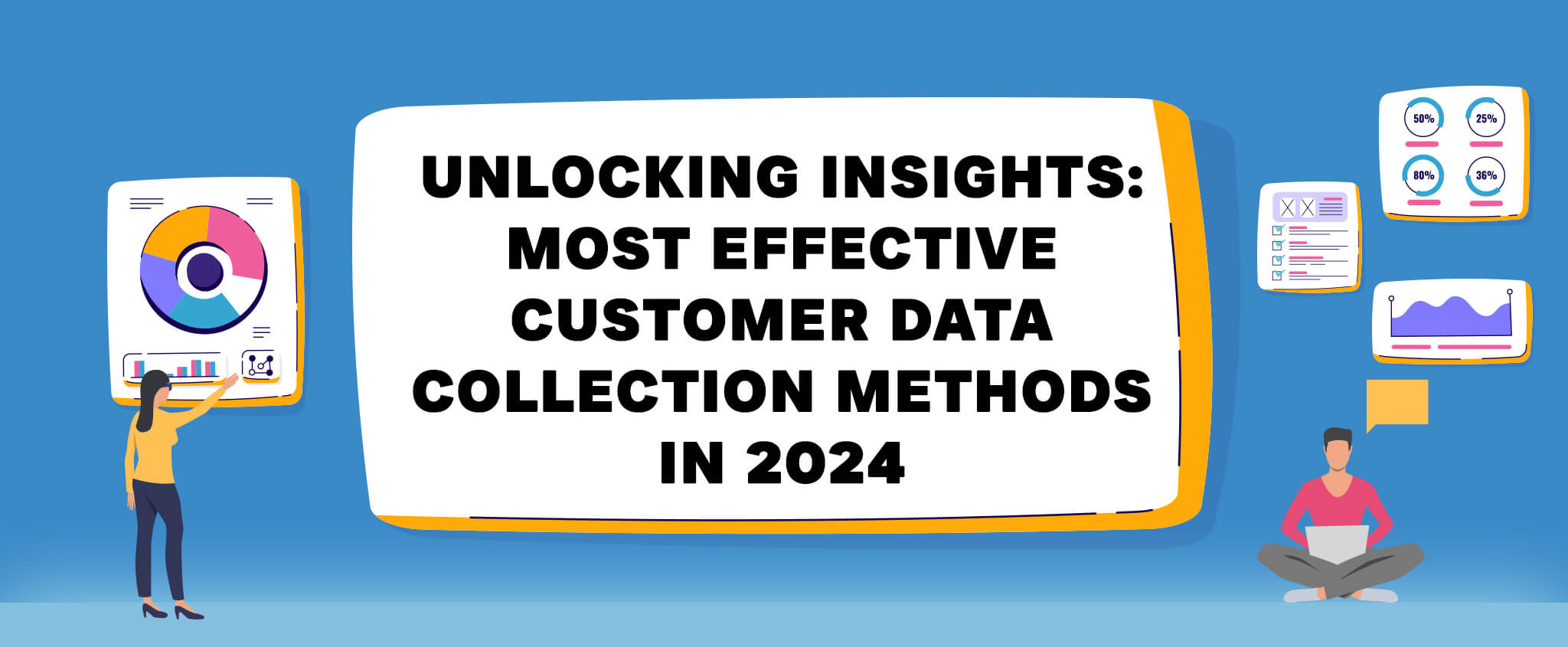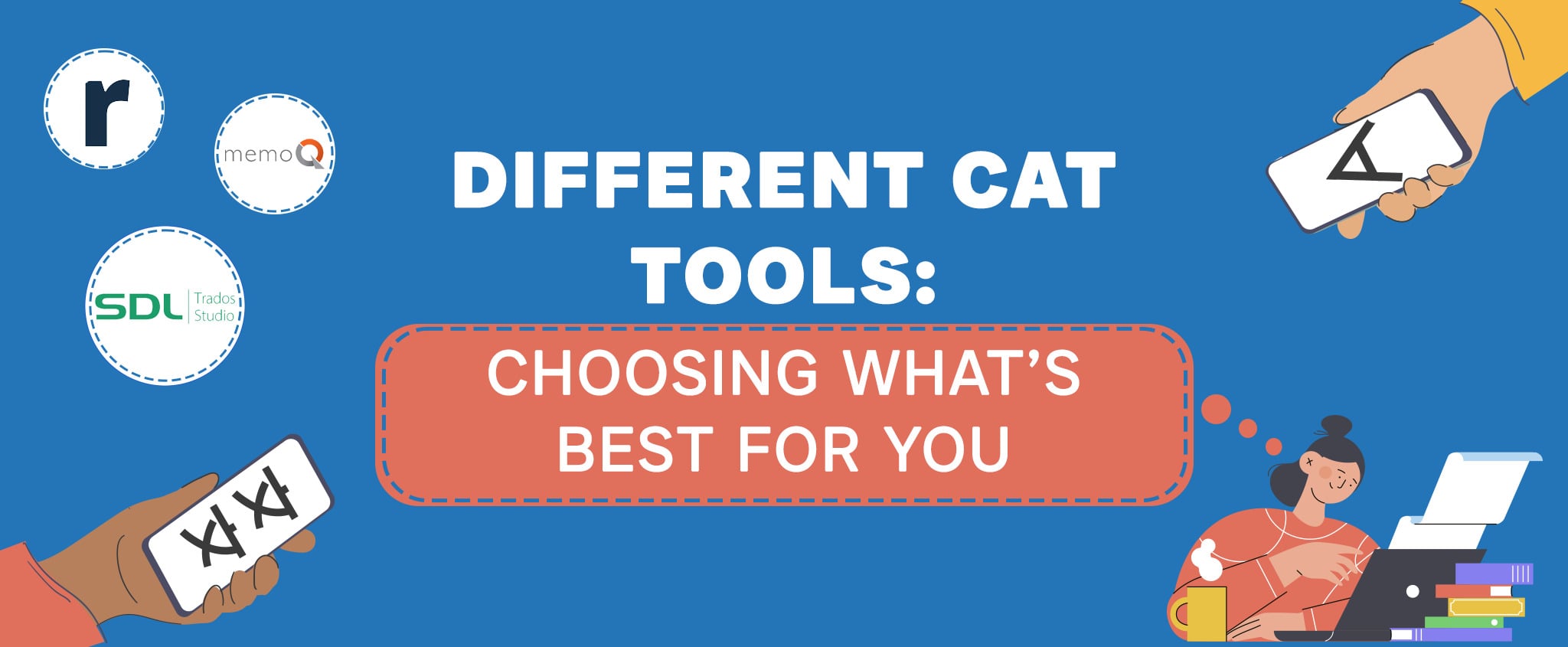Latest Techniques and Tools for Data Annotation
Data annotation, though less frequently discussed than other topics, is a booming industry. It’s a crucial part of the data science process and essential to building AI models, allowing all industries and sectors to create powerful applications. With the help of advanced data annotation tools, businesses can quickly process large amounts of data in multiple languages, making it easier to understand and utilize for their own purposes. What are the latest techniques and tools for data annotation that you should be aware of? Let CCC International help you get the most out of your data!
Key Takeaways:
- The global market size value of tools for data annotation in 2022 was USD 805.6 million.
- The increasing need for efficient data processing has driven the growing demand for advanced data annotation tools.
- The best tools for data annotation in 2023 offer multilingual data annotation services, enabling users to quickly process large amounts of data in multiple languages and formats.
Table of Content:

What Is Data Annotation?
Data annotation is the process of labeling data in a structured way to make it easier for humans and machines to understand and interpret. It involves attaching a descriptive label to a piece of data, such as an image or text file. The labels can be used to describe the contents of the data or for training computer vision models. The primary types of data annotation are text, audio, image, and video annotation.
Note: Text annotations include intent, sentiment, and query. Sentiment analysis assesses emotions, attitudes, and opinions, while intent analysis attempts to understand user intentions. Query annotations create large datasets that can train machine learning models for search queries or natural language processing.
Data collection and annotation are a vital part of the data lifecycle, and we can use them to create accurate datasets useful for machine learning and other data-driven applications. For example, audio and speech data collection requires speech-to-text transcriptions and annotations to create datasets. Similarly, image and video data collection requires annotation of objects such as faces, vehicles, and buildings, which we can use to train visual models.
Many sectors also now rely on data annotation, including healthcare, automotive, and education. With that said, one of the many challenges is the level of accuracy, speed, and cost required for various projects. Fortunately, many tools are available today that can help with this challenge.
The global market size value of tools for data annotation in 2022 was USD 805.6 million, with a 26.5% anticipated compound annual growth rate (CAGR) from 2023 to 2030! The increasing need for efficient data processing has driven the growing demand for advanced data annotation tools.
Top Tools for Data Annotation: A Comprehensive Review
From social media and eCommerce sites to security and emergency hotline technology applications to auto-identified medical conditions, multilingual data annotation services are everywhere! If you’re looking to hire data annotation company for your projects, you want to ensure you’re working with the best tools for data annotation in 2023. CCCI has evaluated the latest data annotation tools for accuracy, speed, scalability, and cost, and here are our ten top picks:
Labelbox
Labelbox is a powerful, cloud-based data annotation software platform created in 2018. It simplifies the task of data annotation by providing a comprehensive suite of annotation tools, including the following:
- AI-assisted and integrated data labeling
- QA/QC tooling and label review workflows
- Labeler performance analytics
- Customizable interface
Labelbox also has enterprise-friendly plans, allowing you to scale your data annotation projects easily and quickly.
SuperAnnotate
If you’re looking for the best end-to-end image and video annotation platform streamlining, SuperAnnotate is definitely the one for you. It’s also excellent in automating computer vision workflows, making it a top pick for data annotation. It offers features like AI-assisted labeling and superpixels. It also has advanced quality control systems and image conversions to support different formats. Its advantage over other tools? Its advanced project management features.
CVAT (Computer Vision Annotation Tool)
Computer Vision Annotation Tool (CVAT) is Intel’s open-source platform for data annotation. It works in Chrome with powerful, updated features, known to be faster than other tools in the market. It’s best for interpolation, offers semi-automatic annotations, and supports many automation instruments. CVAT is web-based and collaborative; you can annotate data with a team!
V7
Combine dataset management, autoML model training, and image and video annotation in one platform with V7! This tool’s advanced features include the following and more:
- Automated annotation, even without prior training
- Composable workflows
- Robust dataset management
- Integrated data labeling
- Real-time collaboration
- Fluid UX
- Frame-perfect video annotation tool
V7 can help even non-technical users. It’s an excellent choice for medical image annotations and supports many unique file types that other tools can’t.
Dataloop
Dataloop is another cloud-based data annotation platform for high-quality datasets production. It features model-assisted labeling with multiple data type support, offering basic computer vision tasks like detection and segmentation. Dataloop’s advanced team workflows have streamlined data indexing and querying system, making creating datasets more efficient.
Pro Tip: Consider your budget, data annotation needs, and the tools’ features before selecting the best option for your project. All tools come with different features, but the “best” one may vary depending on your requirements!
Supervise.ly
As an AI-driven machine-learning labeling tool, Supervise.ly provides an unmatched systematic annotation service. It’s a web-based video and image annotation platform that offers the following:
- Multi-format data annotation and management
- 3D Point Cloud
- Multi-level project management options
Supervise.ly allows users to create and use plugins for custom data formats, a feature that makes annotation tasks much more straightforward.
Hive Data
Hive Data is an end-to-end data labeling platform allowing users to quickly and easily create label training data AI and ML models. Like Supervise.ly, it supports 3D Point cloud annotation and data sourcing. Its 3D panoptic segmentation, multi-frame object tracking, and contours set it apart! Hive Data offers pre-trained models, a great advantage for users who want to quickly incorporate the latest labeling technology into their projects.
LabelMe
The MIT Computer Science and Artificial Intelligence Laboratory created LabelMe, a dataset of digital images with annotations, which are free and open to external contributions. It offers six image annotation types: circles, polygons, lines, rectangles, points, and line strips. You can do batch processing of multiple files but only save and export files in JSON format.
Visual Object Tagging Tool (VoTT)
Microsoft has also developed an image annotation and labeling tool called Visual Object Tagging Tool (VoTT). It’s a free and open-source tool that runs on Windows, OSX, and Linux, providing end-to-end support for dataset generation and object detection model validation. VoTT also features an extensible model for importing and exporting data from local and cloud storage providers.
Scale AI
Out of all the tools for data annotation that guarantee accuracy, Scale AI is one that specifically aims toward self-driving cars. Its key features include the following:
- Nucleus dataset management
- Model-in-the-loop data curation
- ML-powered pre-labeling
- Document processing features
- Automated QA system with gold sets
Scale AI best annotates large volumes of the 3D sensor, video, and image data. Like SuperAnnotate, it enables superpixel segmentation and is a strong platform for autonomous driving data.
What Are the Important Data Annotation Tool Aspects?
There’s a growing number of tools for data annotation, and knowing what you should look for in them is crucial. Here are six essential aspects that help you guarantee quality annotation:
- Dataset management. Ensure the tool allows you to manage your datasets easily. Valuable features include dataset versioning, automatic backup, and annotation protocols tailored to your data.
- Data quality management. A quality assurance system is essential for high-quality annotations. Prioritize the tools with vital functions, such as automated annotation verification, manual validation, and automated annotation testing.
- Annotation techniques. Ensure the tool allows you to annotate with multiple techniques, including text labels, image segmentation, bounding boxes, facial recognition, and more.
- Workforce administration. Streamline your annotation process by using an automated workforce management system. It will help you manage multiple services and ensure a smooth workflow.
- Integrated labeling assistance. Many advanced annotation tools now come with integrated labeling assistance. This technology can provide automated recommendations and quality checks to help you save time and ensure accuracy.
- Safety. Ensure the data annotation tool you use follows data safety protocols. It will help protect valuable information and guarantee that your users’ privacy is respected.
CCCI – Professional Data Collection Services
Data annotation has been supporting us for years, and the demand is only increasing. Creating accurate datasets in multiple languages becomes increasingly important as we move into an ever-connected world. CCCI is a professional data collection and annotation service provider specializing in helping companies build high-quality datasets multilingually, emphasizing accuracy.
Our multimedia data annotation services guarantee the highest levels of accuracy and consistency, enabling you to quickly build datasets for your projects. We use leading-edge techniques and tools and have the flexibility and scalability to meet all your data annotation needs. Whichever industry you are in, we offer a customized solution that you can rely on.
Our data annotation tools are designed to meet the highest standards, and our expert annotators go beyond just labeling images or text. Contact us today!






